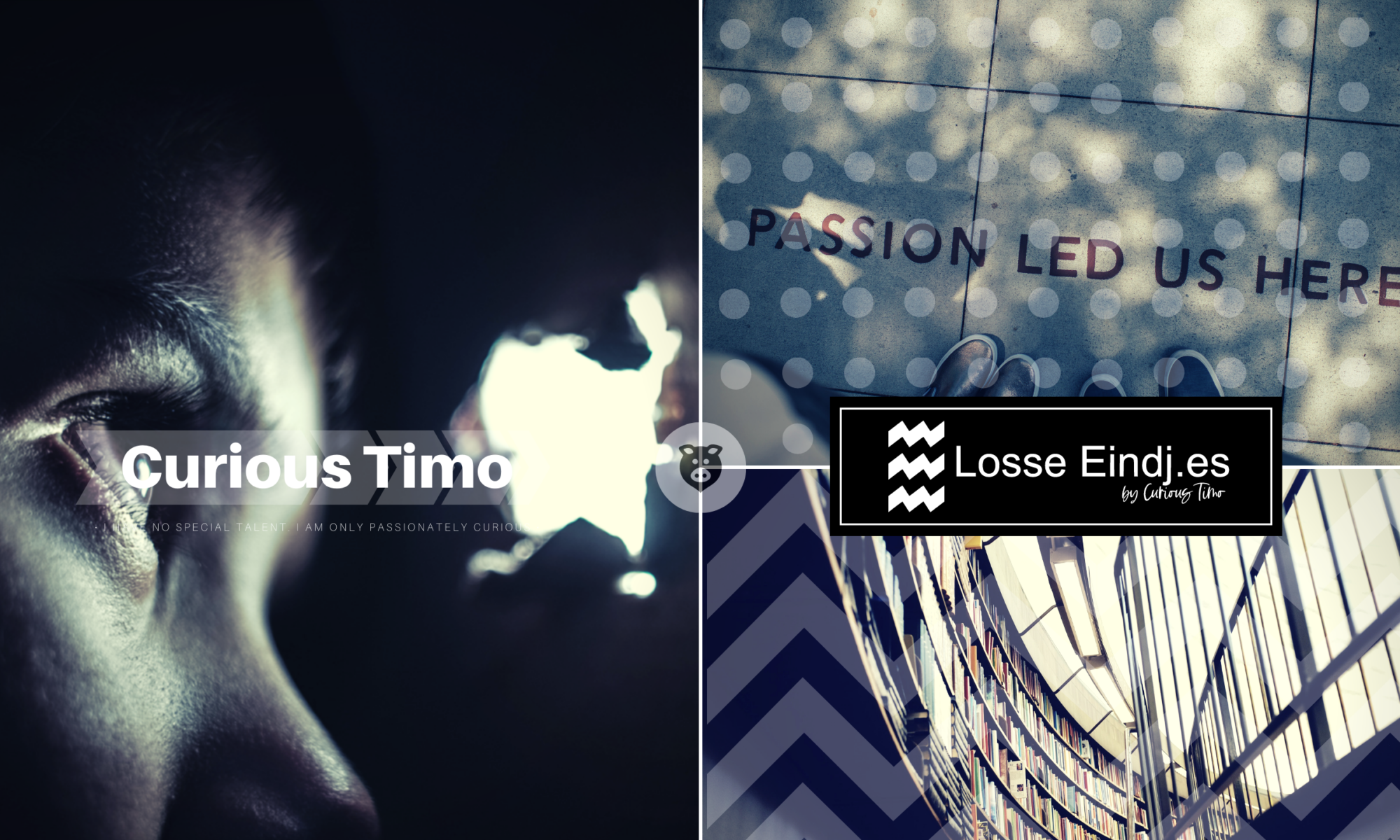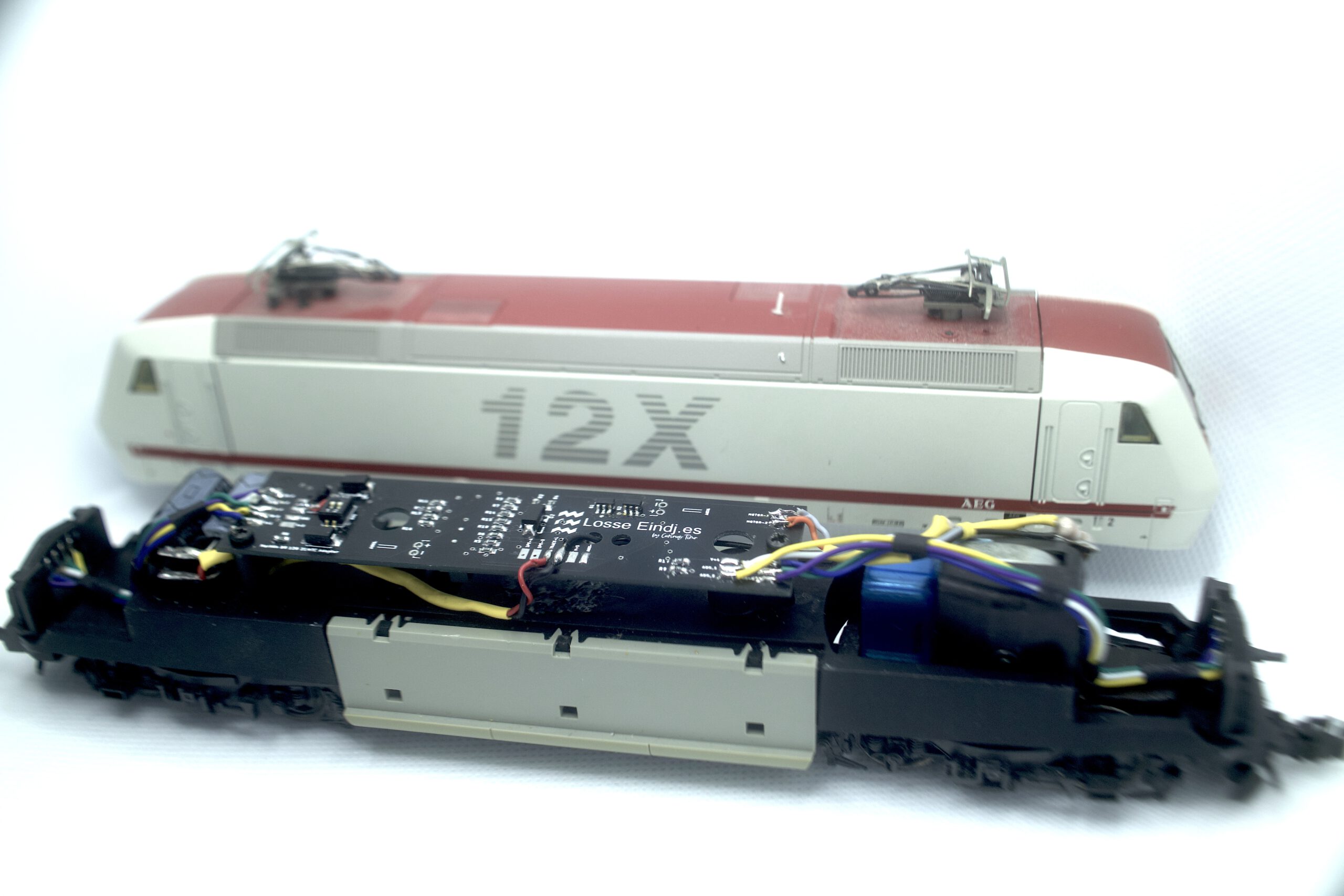Since I own a few 3D printers I seem to get this question every now and then. And the answer always seems to be…. it depends.
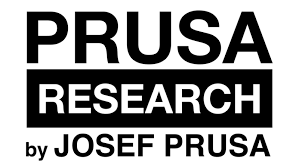
Is Prusa Research a good 3d printer brand?
Prusa Research is a Czech company that is well-regarded in the 3D printing community for producing high-quality, reliable 3D printers. The company was founded by Josef Prusa, who is an active member of the open-source 3D printing community and a contributor to the development of the open-source Prusa Mendel and Prusa i3 3D printer designs.
The company offers a range of 3D printers, including the Original Prusa i3 series and the Prusa SL1, which is a high-resolution resin printer. The Original Prusa i3 is a popular choice among hobbyists and professionals alike because of its combination of reliability, build volume and print quality. The Prusa SL1 is also well-received in the market, specifically because of its high accuracy and resolution.
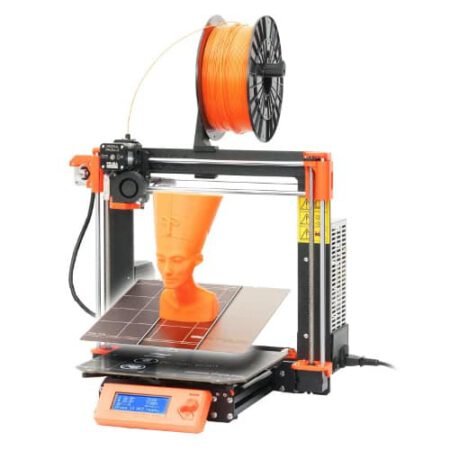
Many users have also reported that the company provides excellent customer support and documentation, which can be particularly helpful for beginners. Additionally, the company also provides many of its designs under an open-source license, which means that users are free to modify and improve upon the design. This can be a big advantage for people who want to experiment with their printers or develop custom modifications.
Overall, Prusa is a reliable, well-regarded brand in the 3D printing community and its products are generally well-suited for users of all skill levels, from beginners to professionals.

Is Creality a good 3d printer brand?
Creality is a Chinese company that is known for producing a wide range of 3D printers at relatively affordable prices. The company offers a variety of models, including the Ender series, the CR series, and the LD series.
One of the main advantages of Creality 3D printers is their affordability. They offer a lot of features that you would find in more expensive models but at a fraction of the price. Many of their models are also well-suited for beginners or hobbyists, as they are relatively easy to set up and use.
In terms of print quality, Creality 3D printers are generally considered to be good but not necessarily at the same level as more high-end, professional-grade models. They are still capable of producing high-quality prints, but some users have reported that fine details may not be as sharp or precise as they would be on more expensive models.
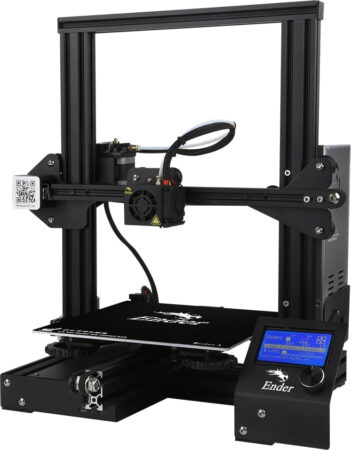
Another strong point of the company is its customer support (compared to other Chinese brands), the documentation provided, and the community that is built around it, which can be helpful for beginners who are new to 3D printing. Additionally, the company also provides most of the design files under an open-source license, allowing for modification and upgrades.
Overall, Creality is a good option for people who are looking for an affordable 3D printer that is capable of producing good-quality prints. They are great for hobbyists and beginners, but if you are looking for a professional-grade machine or require very high precision, you may want to consider other brands or models.
Would you pick a Creality or Prusa 3D printer?
It really depends on your specific needs and preferences. Both Creality and Prusa are well-regarded brands in the 3D printing community and their printers have a lot of positive reviews.
If you’re looking for an affordable 3D printer that is capable of producing good-quality prints, then a Creality printer would be a good option. They offer a wide range of models at relatively affordable prices, making them accessible to a wide range of users, from beginners to hobbyists.
On the other hand, if you’re looking for a reliable, high-quality 3D printer that can produce professional-grade prints, then a Prusa printer would be a good choice. They are known for producing high-quality, reliable 3D printers that are well-suited for both hobbyists and professionals. The Original Prusa i3 series and Prusa SL1 are both praised for their good print quality and reliability.
In addition, both companies have a strong customer support team and community which is a good help if you are a beginner. Both companies also open-source their design files which allow for modifications and upgrades.
Ultimately, the decision of which printer to choose will depend on your individual needs and preferences. I would recommend doing some research to compare the features of the different models offered by both brands, and looking at user reviews to get a sense of the experiences of other people who have used the printers.
